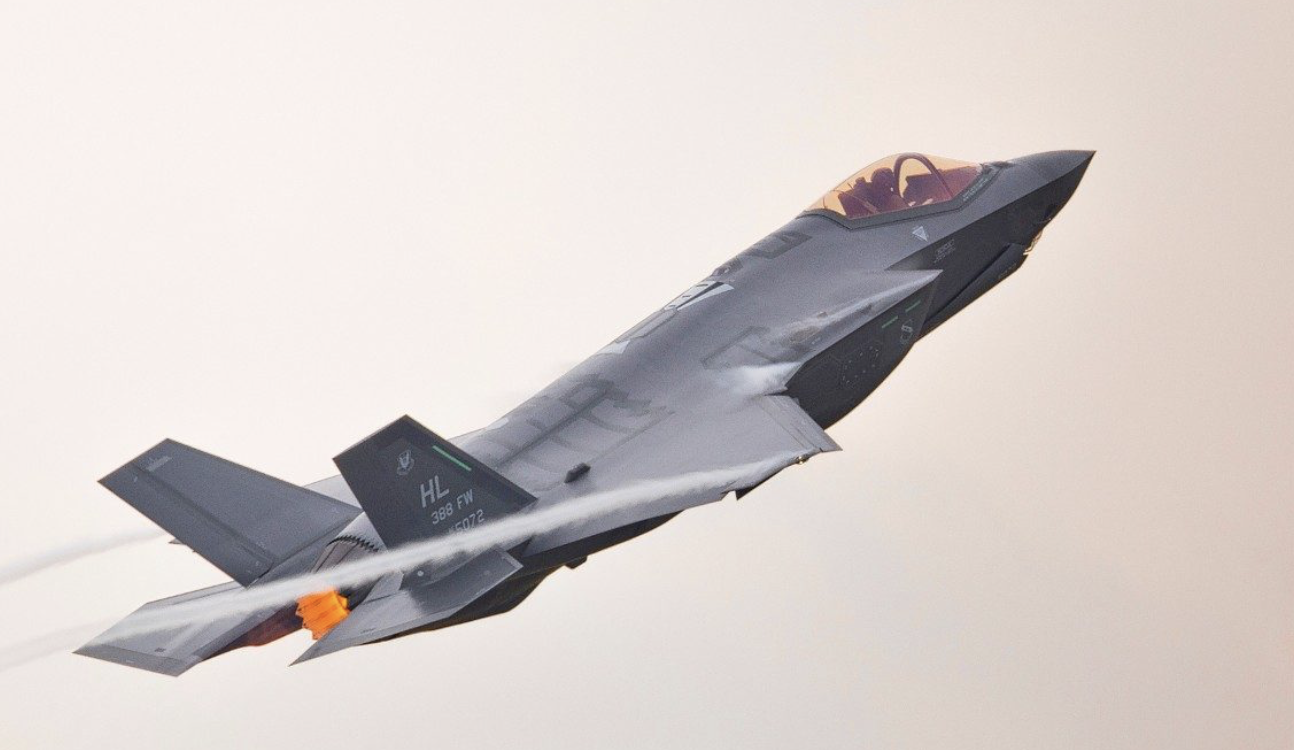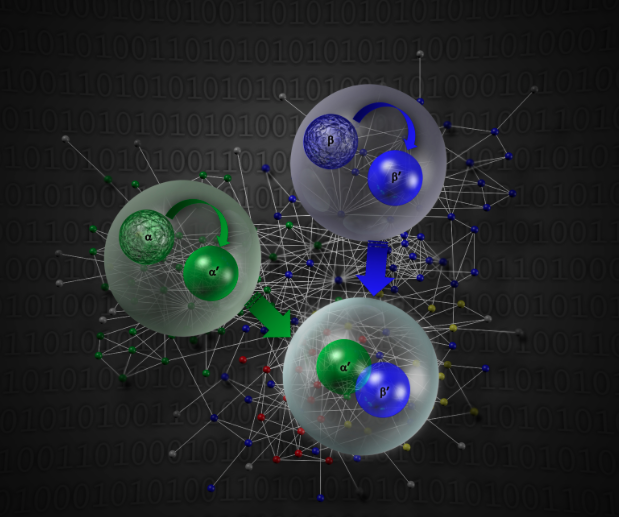
Tag: DARPA
DARPA Issues Cyber Challenge to Find and Fix Security Vulns with AI
Today at Black Hat USA conference, the Defense Advanced Research Projects Agency (DARPA) and Open Source Security Foundation (OpenSSF) announced the AI Cyber Challenge (AIxCC), a two-year competition to build artificia Read more…
Can Streaming Graphs Clean Up the Data Pipeline Mess?
The previously separate worlds of graph databases and streaming data are coming together in an open source project called Quine. According to its creator, the Akka-based distributed framework is capable of returning Cyph Read more…
DARPA Chip Effort Advances AI Hardware
The Defense Advanced Research Projects Agency’s Electronics Resurgence Initiative (ERI) includes development efforts aimed at AI hardware components needed to provide the computational horsepower for accelerating the m Read more…
DARPA Floats an ‘Ocean of Things’
The Pentagon’s top research agency is pushing the notion of a data lake to new depths with an oceanic network of floating sensors that would provide the raw data for analytics, including everything from sea state and w Read more…
Air Force AI Plan Treats Data as ‘Strategic’
The U.S. military’s approach to AI is equal parts offense and defense, acknowledging that primary adversary China could also weaponize the technology as a form of asymmetrical warfare in which U.S. military superiority Read more…
Facing Up to Image Fakery
The folks who transformed digital imagery nearly three decades ago with the introduction of Adobe Photoshop are now using deep neural networks to help detect doctored faces and other faked imagery. Add newer social me Read more…
AI Enlisted for Air Combat Training
Despite the billions of dollars invested in front-line fighter aircraft, there has been little actual close-range air combat—so-called dogfights—since the Gulf War of the early 1990s. Nevertheless, the Defense Adv Read more…
Signal Modulation is Boosting Fiber Capacity
Optical fiber and emerging modulation schemes are making it possible to transmit ever-larger amounts of data through fiber-optic pipes. Recent industry demonstrations and government research efforts also have demonstrate Read more…
DARPA Embraces ‘Common Sense’ Approach to AI
The Pentagon’s top research agency is focusing its considerable AI efforts on the interim stage of machine intelligence between “narrow” and “general” AI. The Defense Advanced Research Projects Agency (DARPA Read more…
NASA Lab Looks to Spur AI Development
A NASA laboratory is working with Google, Intel and other industry heavyweights to launch applied AI technologies into space. The space agency’s Frontier Development Lab is targeting four space applications that wou Read more…
‘Lifelong’ Neural Net Aims to Slash Training Time
Among the consequences of big data is a wealth of relevant minutiae that can be used to train machine learning and other models. That often translates into processing-intensive steps required to train models to perform a Read more…
DARPA Expands ‘Lifelong’ Machine Learning Effort
As AI and machine learning systems advance, real-world applications are exposing limitations such as the inability to adapt to situations beyond the narrow tasks those systems were trained to perform. Indeed, some obs Read more…
U.S. Pursues ‘Abductive’ Reasoning to Divine Intent
The 9/11 Commission identified a lack of coordination among U.S. intelligence agencies as a reason for failing to detect attacks on U.S. soil. One of the responses to the panel’s findings was a multiagency effort to up Read more…
Why Cracking the ‘Brain Code’ Is Our Best Chance for True AI
Artificial intelligence is all the rage today, and it's definitely real, we tell ourselves. Without AI, how do you explain recent breakthroughs like cars that drive themselves and software that diagnoses cancer? But ther Read more…
U.S. Eyes Tools to Spot Faked Images, Video
University researchers are using machine learning along with signal and image processing tools in a military-funded effort to detect doctored images and video, then figuring out how they were manipulated. As groups li Read more…
Report: Machine Learning Driving AI
Artificial intelligence research continues to accelerate as human and machines collaborate to solve more complex problems. A new survey by the National Academy of Science identifies the frontiers of AI research that incl Read more…
DARPA Launches ‘Big Code’ Initiative
The U.S. Defense Advanced Research Projects Agency is attempting to take big data analytics to the next level through a "big code" project designed to improve overall software reliability through a large-scale repository Read more…
DARPA Seeks to Unlock Big Data Mechanisms
The world is awash in data, and yet the ability to connect it all in meaningful ways seems to be drifting further out of reach. Enter the Defense Advanced Research Projects Agency (DARPA), which last month announced a new project aimed at building new models that drive insight into the inner workings of complicated systems, such as ecosystems, brains, and economic and social systems. Read more…
Bringing Dark Data to Light
One of the chief challenges of big data, especially where established science and research is concerned, is bringing what is called “dark data” – the data that is hidden in tables and texts of the massive stores of scientific journals – to light. A research team is working on this problem combining several research areas into a potentially powerful tool. Read more…
How DARPA Does Big Data
This week we step back to see how the recent U.S government's push to further big data technologies is panning out--and how a military intelligence research agency like DARPA is addressing their own set of specific challenges. We zoom in on a number of specifics projects, including Mind's Eye, PROCEED, XDATA and others to gain a.... Read more…











































